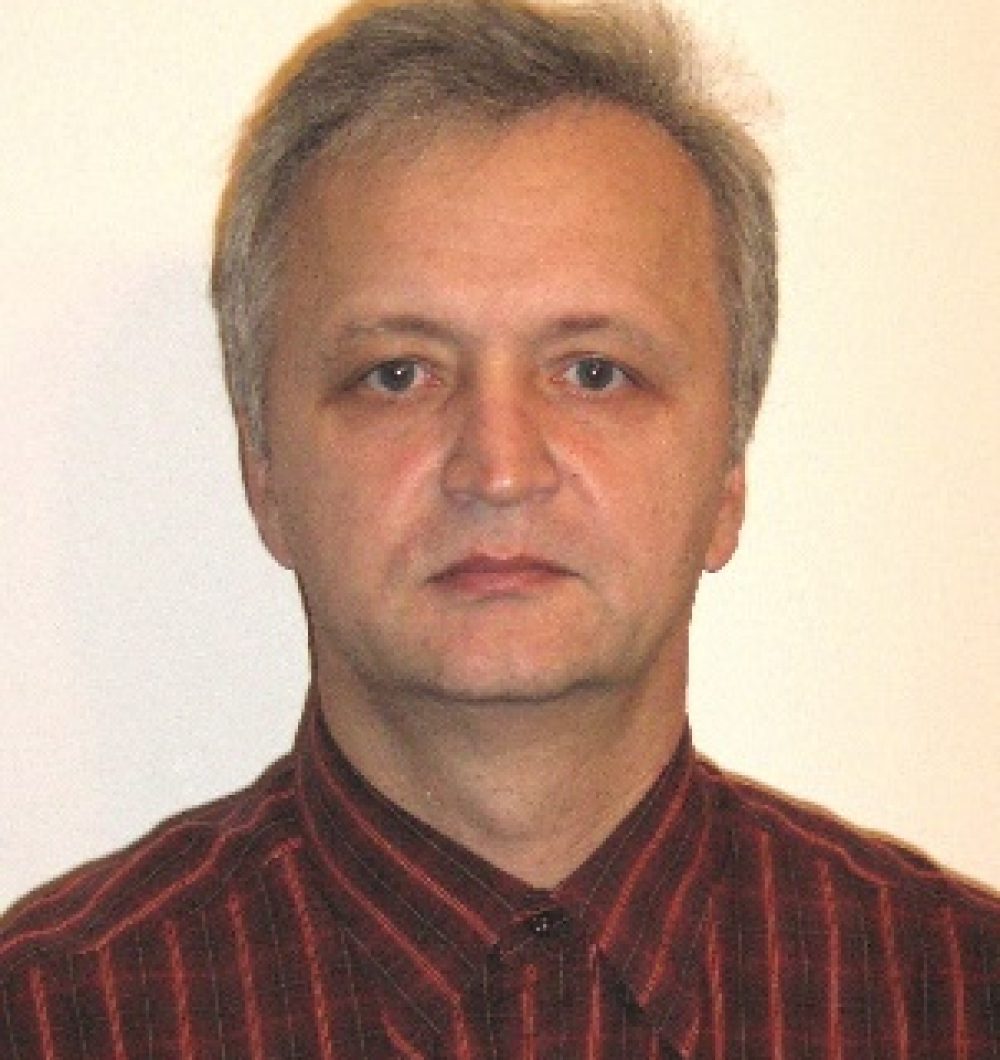
Ilija Stevanović
Abstract
Over the past ten years periodic measurements of particulate emissions have revealed a decline in the efficiency of many electrostatic precipitators (ESPs) within EPS. The plate-wire ESP achieves maximum efficiency by simultaneously generating the maximum spark voltage over a homogeneous velocity field of the flue gas between the plates. Based on results of measurements of particulate emissions, flue gas velocity distribution in the ESP chambers and various electrical parameters of the ESP, consortium consisting of the Vinča Institute of Nuclear Sciences and the Nikola Tesla Electrotechnical Institute successfully diagnosed new working conditions of the six ESP’s within EPS . Detailed analyses and numerical simulations are used to identify the existing limitations of ESP charachteristics and to investigate suitable measures to improve ESP efficiency. This paper presents the results of the testing and optimisation of the ESP of six thermal power units, carried out from 2020 onwards. The consortium proposed both the reconstruction of the mechanical turning and damping elements of the ESP and the installation of new power control elements. The effectiveness of the applied measures is demonstrated by the fact that the particulate emissions of each optimised ESP were reduced from over 60 mg/Nm3 to around 30 mg/Nm3
Keywords: electrostatic filter, CFD analysis, measurements on the object, numerical calculation, particle emission reduction
Biography of the presenter
Ilija Stevanović was born in 1963 in Brčko, Bosnia and Herzegovina. He graduated from the Faculty of Electrical Engineering, majoring in power engineering, in 1987 in Tuzla. After graduation, he worked at the Faculty of Electrical Engineering in Tuzla until 1992 as an assistant on the subjects “Electrical machines”, “Testing of electric machines” and “Electromagnetics”. In 1992, he completed his post-graduate studies in the field of “Electrical Machines” at the Faculty of Electrical Engineering in Belgrade. Since 1994, he has been employed at the Electrotechnical Institute Nikola Tesla in the Center for Automation and Regulation. His professional engagement is related to research, development, design, testing, manufacturing and commissioning: excitation systems for synchronous generators and motors, electrical protection, devices for automation of small hydroelectric power plants and power supply and voltage regulation of electrostatic filters, as well as special tests of electrical machines. He is the author of dozens of professional papers published in domestic and international journals and scientific meetings.


